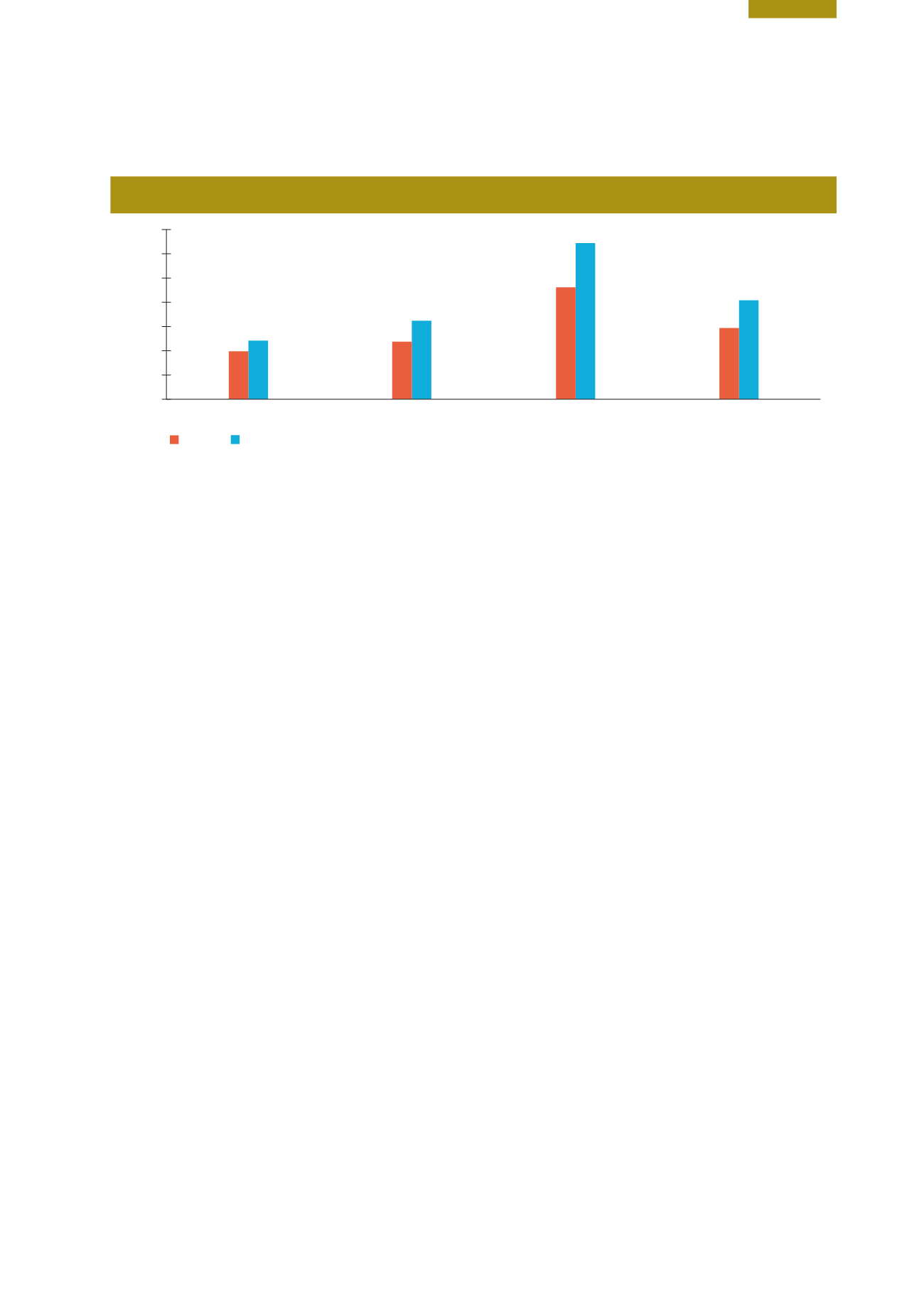

169
Chapter 10: Environment and Transport
Outlook
Transport and Planning
Planning and public transport policy needs to be
integrated.
Sustainable transport policies aimed at reducing travel
can only be delivered if there are complementary
spatial policies locating future developments closer to
employment centres and the services that support them,
including education, retail and leisure opportunities. In
terms of making public transport more attractive and
accessible, some good progress has been made in recent
years through tax saver schemes, integrated ticketing,
use of smart technologies, journey planners and real-time
passenger information, but much more needs to be done.
The forthcoming National Planning Framework (NPF) is a
20 year strategy for the spatial development of Ireland that
will promote a better quality of life for all, with sustainable
economic growth and an environment of the highest
quality as key underlying principles (DECLG, 2015).
The DTTAS is currently developing a National Intelligent
Transport Systems (bio) Strategy, which is due for
completion in 2017. Among the key advantages of
intelligent transport systems (ITS) is their ability to maximise
the potential of infrastructural and consumable resources
including fuel. The strategy aims to develop a two-channel
approach based on (1) research and development in ITS
and (2) the co-ordinated delivery of ITS in Ireland in the
medium term. This two-pronged approach will lead to
commercial opportunities and, through shared services,
a more co-ordinated delivery of ITS (ITS‑Ireland, 2014).
Greening Transport Survey
Incentivise commuters to use public transport.
According to the preliminary findings of a recent survey
(Greening Transport, 2016a) of commuters in the Greater
Dublin Area,
time considerations are the main factor
influencing transport mode when travelling to and
from work or education. The costs and health benefits
associated with public transport, cycling, walking are also
important considerations for commuters.
Interestingly, the average monthly costs of car ownership,
including carbon emissions-based motor tax, did not
prove to be an important factor influencing respondents’
decision to own or use a car. Increasing the efficiency of
bus services could be achieved by improving bus priority on
certain roads, reducing bus stops situated at bottlenecks
by directing attention to orbital routes or routes which
have greater bus segregation from other traffic, and
reducing the number of stops at close proximity to each
other. Stop times could be reduced by increasing electronic
ticketing. Fast, clean, convenient and affordable public
transport needs to be part of any sustainable transport
strategy that successfully reduces private car use in urban
areas. The Greening Transport project, currently in its first
phase, aims to look at the emissions reduction potential
of behaviour change in the transport sector (Greening
Transport, 2016b).
The 2030 Rail Network Strategy
Progressing the strategy for Ireland’s rail network will
reduce the use of fossil fuels.
The focus of the 2030 Rail Network Strategy is on the
future development requirements of the Iarnród Éireann
InterCity Network and the regional services. The Energy
White paper supports the introduction of a suite of
initiatives to improve the energy efficiency of the rail
network, for example further rail electrification will be a
priority in future capital plans, as it substantially reduces
the use of fossil fuels. The recently published Capital
Plan 2016‑2021 also provides for further such public
investment in the Greater Dublin Area (DPER, 2015).
Figure 10.7
Modal Shift for Walking and Cycling (Source: AECOM, 2016)
0%
5%
10%
15%
20%
25%
30%
35%
STA
Westport
Limerick
Dungarvan
9.9
12.1
11.9
16.2
23.1
32.2
14.7
20.4
+2.2pp
+4.3pp
+9.1pp
+5.7pp
2012
2014
Walking & Cycling
Percentage of People


















